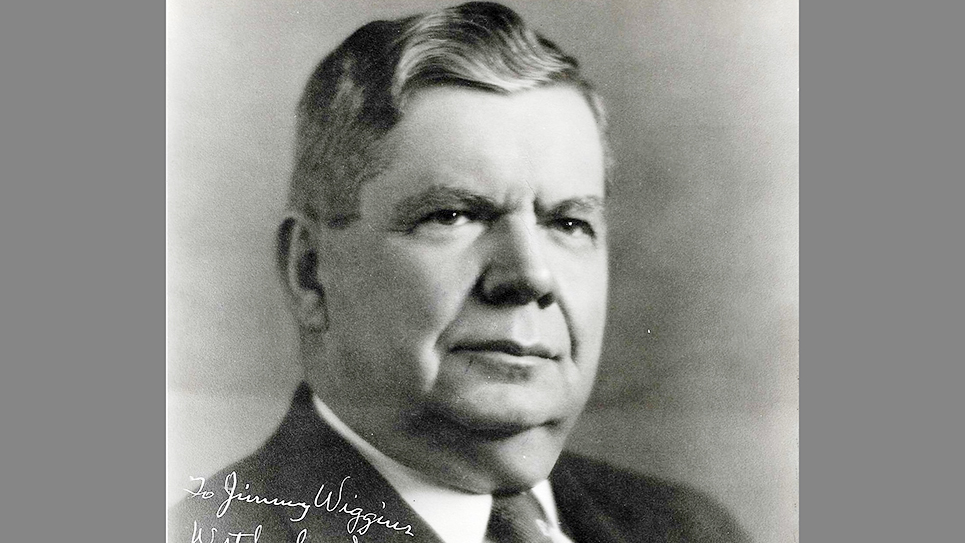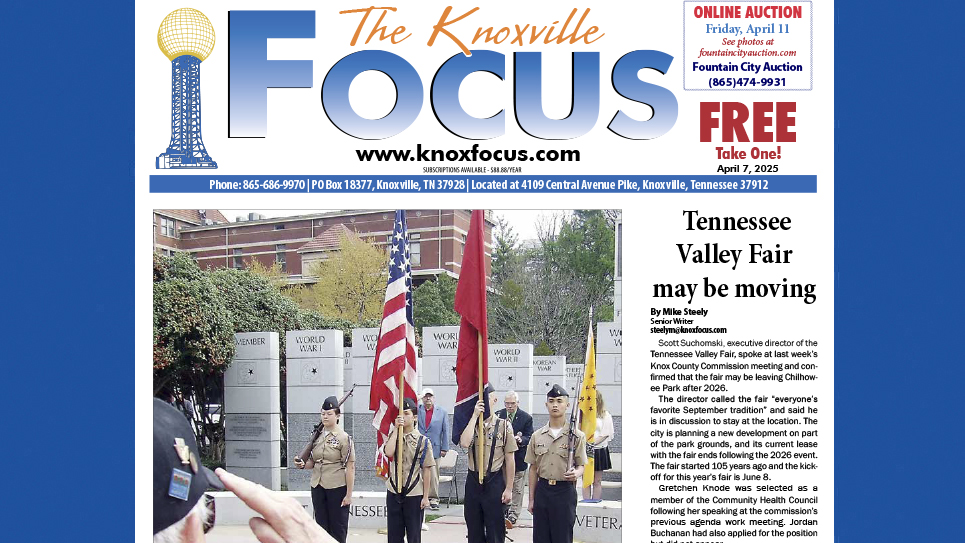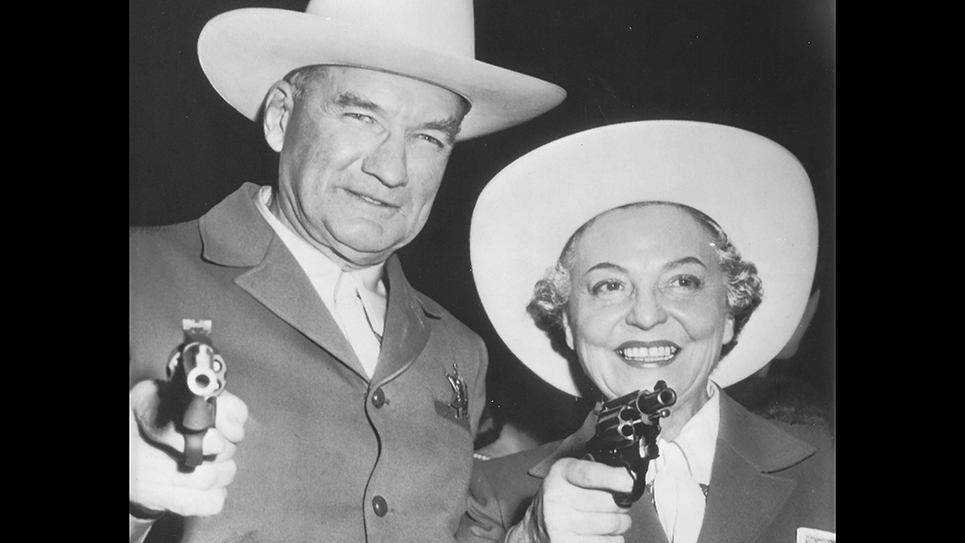Raymond E. Willis of Indiana
By Ray Hill
Raymond Eugene Willis was literally born into the printing business. His father, Frank, had been a veteran of the Civil War and owned the Waterloo Press. The son of “a country editor” and one of six brothers and eight children, Raymond E. Willis spent his entire adult life as a country editor. By eleven years of age, Raymond Willis was setting type in his father’s press shop. While attending Wabash College, Ray Willis paid for his expenses by working in the college print shop. Willis prided himself on being able to personally operate every piece of equipment in his printing plant. Quite a few small-town newspaper publishers and editors made it to Congress and Raymond E. Willis was one of them. Perhaps one reason small-town editors and publishers so often found their way to the halls of Congress was because they were at the heart of the communities in which they lived. Those same small-town publishers and editors were deeply woven into the fabric of the life of the community itself.
Right after graduating from college, Willis gained an interest in the Angola Magnet. That newspaper was later merged with the Steuben Republican and the Steuben Printing Company of Angola, which was owned by Raymond Willis. The Steuben Printing Company printed the Angola Herald and the Steuben Republican; both were weekly newspapers. For years, Willis had been active in Indiana’s Republican Party. The first political post that Willis held was that of secretary to the Steuben County Republican Central Committee. That led to Raymond E. Willis being appointed postmaster of Angola from 1910-1911 under President William Howard Taft. During the First World War, Willis served as chairman of the Steuben County Defense in 1917. Like most small-town publishers, Raymond Willis was a joiner and was a longtime member of Rotary, eventually serving as the Indiana district governor. Willis was once president of the Indiana Republican Editorial Association and was a 32nd degree Mason.
Somewhat portly and jowly, Raymond E. Willis exemplified an individual at the heart of small-town Indiana. Belonging to a host of fraternal and professional organizations made Raymond Willis an appealing choice to seek public office. Willis also proved to be an able speaker and drew statewide notice for his oratorial efforts when he closed out a Masonic Convocation. “The world today is moving in a befogged social, moral and economic atmosphere,” Willis told his fellow Masons. “The bewilderment has affected music, art, literature, finance, diplomatic relations and orderly concepts of government throughout the world.”
Indiana had been predominately Republican, but also had a strong Democratic Party and oftentimes became a battleground between the two political parties. Like much of the country, with the advent of the Great Depression, Indiana swung to the Democrats. Franklin D. Roosevelt had carried the Hoosier State in 1932 and swept in Paul V. McNutt as governor while Frederick Van Nuys beat James E. Watson, the incumbent and the majority leader of the United States Senate. McNutt, a handsome, silver-haired man with a tan, looked like the prototypical Hollywood ideal of a governor. Paul McNutt immediately set out to build a formidable political organization, which ruled Indiana for better than a decade. McNutt funded his machine by imposing a 2% assessment on all state jobs, which was used to fund political campaigns every other year. Indiana’s other GOP United States senator, Arthur Robinson, was defeated in 1934 by Sherman Minton and the state machine.
Paul McNutt, limited to a single four-year term by Indiana’s constitution, watched as his lieutenant governor, Clifford Townsend, was elected as chief executive to succeed him in 1936.
By 1938, Republicans were encouraged and highly anticipated beating Senator Frederick Van Nuys. A diminutive and bespectacled attorney, Van Nuys had profoundly upset the McNutt machine and the Townsend administration by his strong opposition to FDR’s plan to pack the U.S. Supreme Court in 1937. Governor Townsend practically read Van Nuys out of the party and at the time, nominations in Indiana were made by delegates to conventions rather than open primaries. Few doubted the state machine could easily deny Senator Van Nuys the Democratic nomination. The state organization underestimated the little senator who proved he too knew a little something about power politics. Senator Van Nuys opened his bid for renomination and reelection early and set out to identify 100,000 Hoosiers who backed him. Senator Van Nuys defiantly declared if his party denied him its nomination, he would run in the general election as an Independent. Former Governor Paul McNutt instantly knew if that were to happen, a Republican would surely win the general election. It made the GOP nomination for the United States Senate all the more valuable and several viable candidates emerged, including former Senator James E. Watson, who began the race as the favorite.
Indiana Democrats quickly fell into line behind Senator Van Nuys while Republicans fought over their own nomination for the U.S. Senate. On March 3, 1938, Raymond E. Willis released a statement officially declaring his candidacy for the Republican nomination for the United States Senate. “This decision was reached after careful consideration of the indorsement of many Republican editors and party workers from every section of the state,” Willis said in his announcement.
That same day, former Senator James E. “Sunny Jim” Watson made his own declaration of candidacy for the GOP senatorial nomination. “All my life I have been interested in sound government,” Watson’s announcement read. “My long experience in government should qualify me for further service in the solution of our present crucial problems.” Watson said he was motivated by “my desire to assist my party” to declare his candidacy. Jim Watson had first been elected to Congress in 1894 and was 73 years old when he made his candidacy official. Watson was more than a decade older than the 62-year-old Willis. The origin of Raymond Willis’s senatorial campaign began with a collection of northern Indiana editors and publishers, who urged him to run. The only other elective office Raymond Willis had ever sought was a seat in the Indiana state legislature. Willis won that election and retired after a single term.
Indiana Republicans gathered in convention in Indianapolis at the Fair Grounds Coliseum in late June of 1938 to select their nominee for the U.S. Senate. Willis led on the first and second ballots, but never acquired a majority against three other candidates, including former Senator Watson, until the third. The first ballot caused many delegates to hold their breath as Willis had 444 votes to 442 for Jim Watson. It was on the third ballot that Raymond E. Willis began picking up steam and building to winning a majority of the assembled delegates. Willis sailed past the 881 votes necessary to win the Republican nomination for the U. S. Senate.
The victorious Willis mounted the platform as the delegates applauded him. “This has been one of the cleanest convention campaigns ever conducted,” Willis told the delegates. “I stand here in humility as the leader of a great party and I am confident we shall have victory in November.”
At the time of his nomination to the United States Senate, Raymond Willis set up the type to his own editorials in his newspaper. Willis’ candidacy received a boost with a pictorial in Life magazine, one of the most widely read magazines in the country at the time. Willis was a critic of Secretary of State Cordell Hull’s reciprocal trade agreements and delighted in holding up a pair of what he contended were a pair of shoddily made shoes, which were imported from overseas.
The contest between Senator Van Nuys and Raymond E. Willis was as close as could be; the incumbent only eked out a win by just over 5,000 votes out of almost 1.6 million ballots cast between the two major party candidates.
Willis was in a commanding position two years later when Indiana’s other seat in the United States Senate came before the voters. Raymond Willis entered the GOP state convention as a heavy favorite for the senatorial nomination. Once again, Indiana Republicans gathered at the Fair Grounds Coliseum in Indianapolis to choose their senatorial nominee. The Indianapolis Star described Willis as “a typical country editor, quiet, unassuming serious, with a wide knowledge of events” as well as a “world of information about government and its functions.”
Once again, Raymond E. Willis faced a Democrat in the general election. Sherman “Shay” Minton was a formidable opponent, but unlike his senior colleague Frederick Van Nuys, Minton was a stalwart of FDR’s New Deal. Minton had stubbornly supported Roosevelt’s effort to pack the Supreme Court. Van Nuys’ opposition to the court-packing proposal had won him admirers amongst some Republicans and Independents. Indeed, when it appeared the Democratic machine in Indiana would deny Van Nuys’ renomination, some Republicans urged the senator to run as a Republican. Shay Minton’s reelection bid united Republicans solidly behind Raymond Willis who was aided in his own campaign by that of Wendell Willkie, a former Democrat who had won the GOP presidential nomination. The saving grace of Willkie’s campaign, at least for Willis, was the fact Willkie, although a resident of New York, was a native-born Hoosier. Home state pride helped to propel Wendell Willkie’s presidential bid in Indiana.
That boost was enough to help Raymond E. Willis beat Shay Minton in the general election. Minton would later be named to the U.S. Supreme Court by his one-time Senate colleague Harry Truman.
The 64-year-old Willis and his wheelchair-bound wife headed for Washington, D.C. As a member of the United States Senate and a Midwesterner, Raymond Willis was deeply suspicious of foreign entanglements and wary of America being drawn into the Second World War, which was already raging across the globe. Willis spoke over the radio against Lend Lease legislation proposed by the Roosevelt Administration.
Willis became the senior senator when his colleague Frederick Van Nuys died in his sleep on January 25, 1944. Senator Willis announced he would seek a second term in the United States Senate in 1946. The senator faced a formidable opponent in William Ezra Jenner, a young attorney and veteran, who had been elected to serve a few months of the late Van Nuys’ term in a 1944 special election. The 70-year-old senator sent a letter announcing he would wage a “vigorous” campaign for the GOP nomination at the coming GOP convention. The senator already had one announced opponent, Congressman Charles LaFollette, when he made his declaration of candidacy in February of 1946. At the end of March, Bill Jenner made his own candidacy official. All three candidates for the Republican senatorial nomination opened headquarters at the Claypool Hotel in Indianapolis. The objections to Senator Willis by some Indiana Republicans were his age, as he was approaching 71, and his inherent conservatism. LaFollette was considered to be a very liberal Republican, while Jenner was thought to be somewhere in the middle.
The chief weakness of Senator Willis was his lack of support from the powerful GOP state organization, which was headed by Governor Ralph Gates. Jenner had been a former chairman of the Indiana Republican Party and was a favorite of many active Republicans. Young, handsome and aggressive, Bill Jenner provided a stark contrast to the aging country editor, who likely seemed outdated to many delegates to the GOP convention. Seeing the handwriting on the wall, Senator Raymond Willis withdrew his candidacy for renomination just before the balloting began. Jenner’s strength at the convention was shown by his winning 1,994 votes to a paltry 105 for Congressman LaFollette. Thirty delegates chose not to vote, all of whom had been pledged to Senator Willis.
Jenner hurried to Senator Willis’ room in the Claypool Hotel where the two were photographed shaking hands. The defeat sent Willis back to his newspaper.
On the night of March 21, 1956, Raymond Willis went for a walk after having had his dinner in downtown Angola around 6:30 p.m. Willis was walking when he suddenly felt ill and collapsed at the Hotel Hendry. Evidently, Willis insisted on being taken home, although someone had the good sense to summon a doctor who promptly sent the former senator to the hospital. At 8:30 p.m. that same night, Raymond E. Willis suffered another heart attack, which proved to be fatal.
© 2023 Ray Hill







